From dombra to pipa: instruments that carry cultural souls
Today, Kazakhstan celebrates Dombra Day – honoring the national instrument that has accompanied nomadic life for centuries, carrying legends and the spirit of the people. Let's explore what makes this instrument so special and discover similar culturally significant instruments from around the world, Kazinform News Agency correspondent reports.
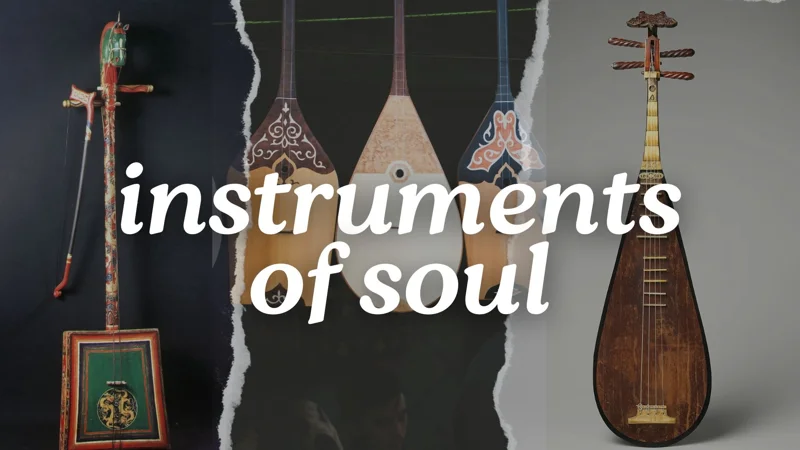
Kazakhstan: The Dombra
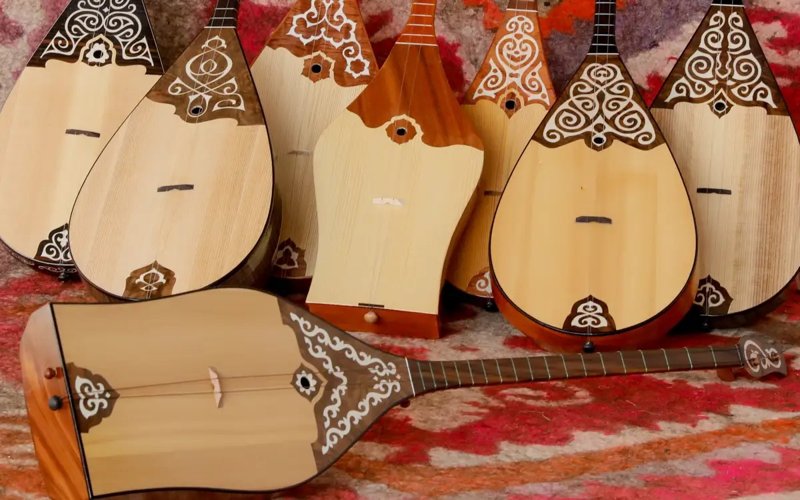
The dombra rightfully stands as one of Kazakhstan's greatest national treasures. This two-stringed plucked instrument has accompanied the nomadic life of Kazakhs for centuries, becoming an integral part of their spiritual heritage. More than just a musical instrument, the dombra serves as a keeper of the nation's history.
Each melody played on the dombra tells its own story, passing down folk wisdom and cultural traditions from generation to generation. In its sound, one can hear the endless steppes, heroic sagas, and lyrical songs of love.
Dombra Day in Kazakhstan is celebrated on the first Sunday of July. The occasion features concerts, cultural events, festivals, and dombra-playing competitions. Today, an increasing number of young people master this instrument with virtuosity, continuing their ancestors' traditions and ensuring the dombra's legacy lives on.
Japan: The Shamisen
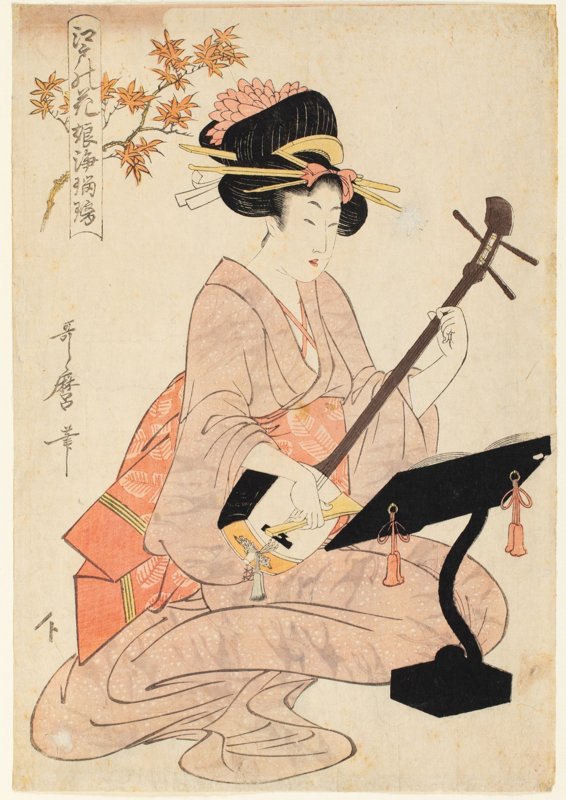
The shamisen is a three-stringed plucked instrument distinguished by its characteristic square body covered with animal skin. Introduced to Japan from China via the Ryukyu Kingdom (Okinawa) in the 16th century, it quickly became an indispensable part of Japanese musical culture.
Its distinctive sound is instantly recognizable in kabuki theater and bunraku puppet theater performances. The shamisen embodies the Japanese aesthetic of wabi-sabi – the beauty found in simplicity, imperfection, and modesty.
Mongolia: The Morin Khuur
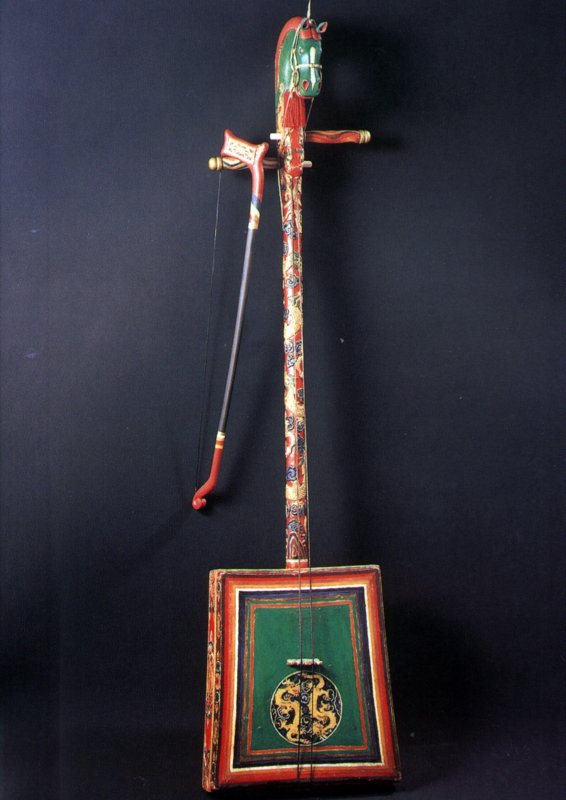
The morin khuur stands as a symbol of Mongolian culture, known as the "horse-head fiddle" or "Mongolian violin." This two-stringed bowed instrument embodies the history, lifestyle, and culture of the Mongolian people. The instrument's neck is traditionally adorned with a carved horse head, reflecting the special bond between Mongolians and these noble animals.
The sound of the morin khuur evokes the whinnying of horses and the whisper of wind across the steppe. Traditionally, the instrument is kept in the honored northern section of a yurt, emphasizing its sacred status in Mongolian culture. The morin khuur is used to perform "urtiin duu" – long songs that form part of Mongolia's oral heritage. In 2008, UNESCO recognized the art of morin khuur performance as part of humanity's intangible cultural heritage.
Kyrgyzstan: The Komuz
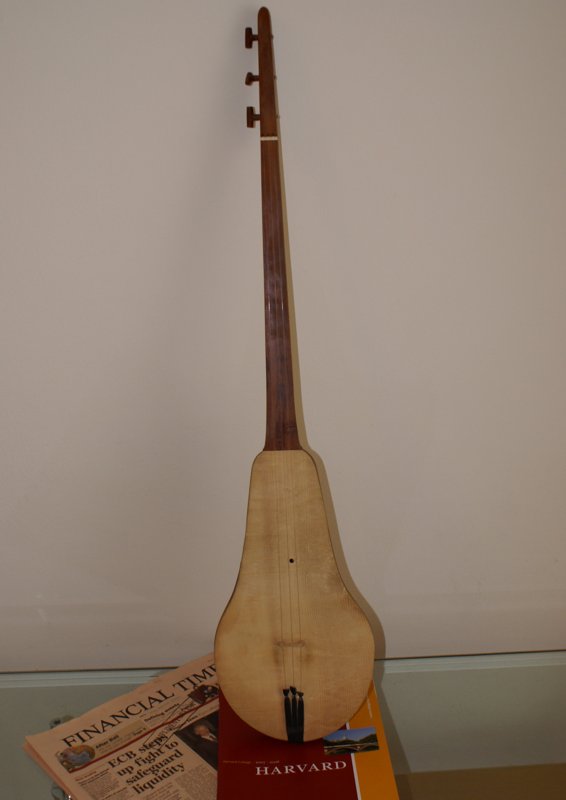
The komuz is a Kyrgyz folk three-stringed plucked musical instrument. Its pear-shaped body with a fretless neck forms a single piece, carved from a single block of wood. The komuz possesses the remarkable ability to convey the full spectrum of human emotions – from profound sorrow to unbridled joy.
The art of playing the komuz passes from generation to generation through an unbroken chain of tradition. Master komuz players are not merely skilled musicians but also guardians of oral traditions. They perform epic tales, historical songs, lyrical works, and improvisations that preserve the cultural memory of the Kyrgyz people.
China: The Pipa
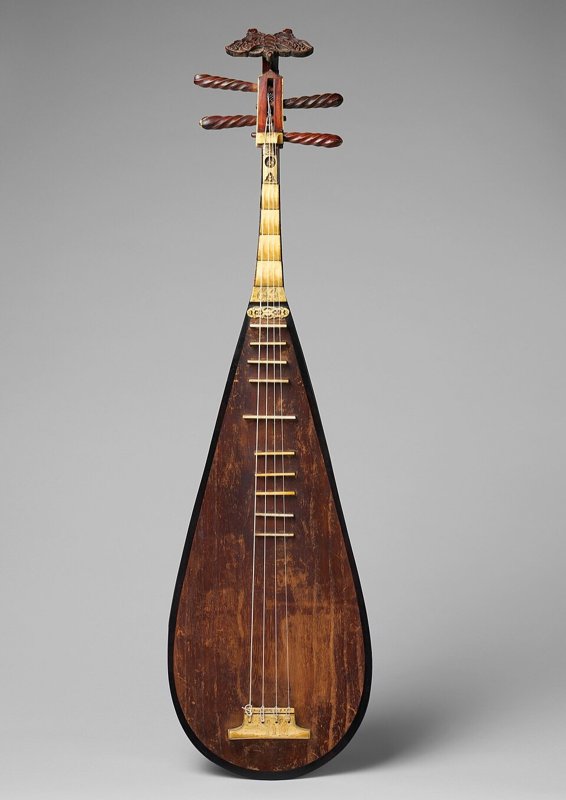
The pipa is a Chinese four-stringed plucked instrument with an ancient history spanning over two millennia. Distinguished by its characteristic pear-shaped body and short neck with frets, the pipa has evolved to become one of China's most sophisticated and expressive instruments.
The pipa plays a central role in Chinese traditional music, art and cultural identity. The instrument's remarkable range allows it to celebrate heroic battles, depict historical scenes, and express the refined lyricism of Chinese poetry.
Earlier, Kazinform News Agency reported that 5,000 Kazakh dombra players had set a new national record.
